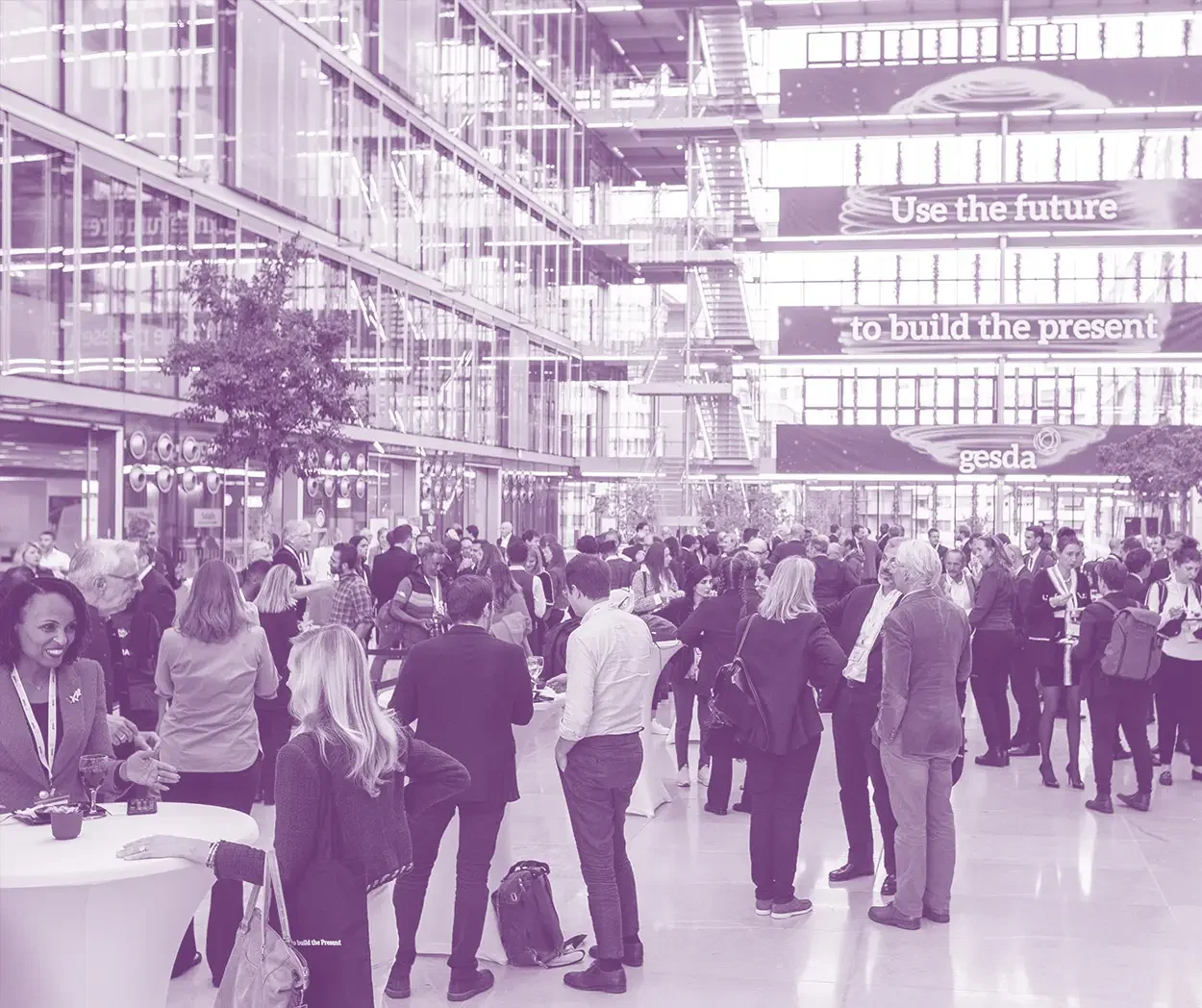In many fields, such as healthcare applications, economic modelling, and social robotics, the mix of human experience and computational capabilities combine to generate breakthroughs in understanding population dynamics, climate cycles, and even management processes. Collaborative human-machine intelligence ranges from combining data analytics with decision-making humans to interactive knowledge developed through interconnected biological and technological systems. As these collaborative technologies advance, the future of knowledge economies hangs in the balance.
- What will be required to responsibly integrate sprawling varieties of data, computing systems, and AI methods with human agency and experience?
- How will we live, work and socialise in a world where machines do more than analyse data, they make knowledge?
“The Russian invasion of Ukraine has shown the enormous disruptive potential of collaborative human-machine intelligence, from drones to satellites to fundraising platforms.
”
“New combinations of human-machine interactions are blurring the way we define ourselves.
”
“A fundamental problem is that we use the word autonomy as if it’s good for technology to gain independent decision-making.
”
“The systems we create are not autonomous; that word semantically inflates terms like thinking and wisdom and decision-making that connote intentionality that just isn’t there.
”
“The best human-machine designs increase personal human agency, rather than concentrating power in the hands of an already powerful corporation.
”
“We have to find technical ways of building systems that can use both artificial intelligence (AI), which can for example recognise traffic signs or lighting conditions, and classic software, which doesn’t have the ability to learn.
”
“Verification in human-computer systems is an important issue because, as AI enables computers and machines to perform human-like decisions and automate tasks, it can be used to automate cybersecurity portals to prevent identity theft at a scale used by financial institutions.
”
“The design of many AI systems is based on an algorithm’s quality and not on how well they interact with humans; this is perhaps because they’re designed by computer scientists trained in math and engineering but not in how people think.
”
“The answer may be found in a movement towards “human-centred” AI, which combines psychology, sociology, anthropology, design, engineering and math to design effective systems that can continuously improve from human input and collaboration.
”
More information



